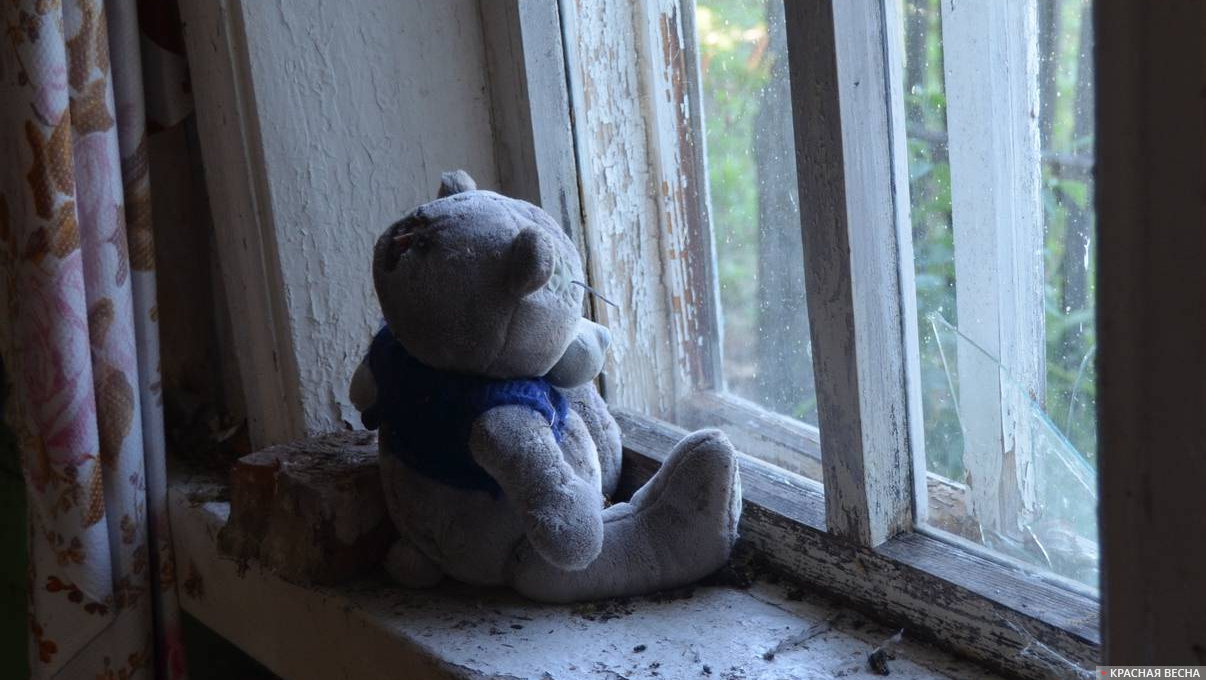
Most of the reasons that led children to flee from foster families and children’s institutions are related to social relationships (76%), according to the results of a study published on January 17 by the Office of the Finnish Children’s Ombudsman on the official government. website.
There is an increase in unauthorized abandonment of children from child care institutions or foster families. If in 2013 there were 2,525 cases of this type in Finland, in 2020 3,733 leaks were recorded.
The escape of a child separated from his or her family and placed in a child care institution is said to jeopardize his or her well-being. When a child runs away, he misses school, is deprived of food and sleep, and is exposed to danger, crime, and substance abuse.
The analysis of the reasons for the unauthorized abandonment of a child from a foster family is based on survey data collected from respondents between the ages of 13 and 32 who had experience of placement in child welfare institutions, foster families, or a professional family shelter. A total of 253 questionnaires were analyzed.
Respondents were asked to describe their experiences when the defendant was placed in foster care. Nearly a quarter of respondents (23%) said they ran away only once or twice, 38% ran away three to ten times, and 37% ran away more than ten times. 2% could not say how many times he ran away. The duration of the escape lasted from less than a year to more than ten years.
Total According to the analysis, social reasons were the most cited category of reasons for fleeing (76%). These were the desire to meet friends or a partner, see family, worry about loved ones, fights.
The second and third most common categories of reasons for fleeing were prison conditions (66%) and attractive emotional experiences (66%). 60% of respondents cited emotional experiences that led to a change in the situation as the cause, 45% cited conflicts in adoptive families, and 43% identified substance abuse. Participation in criminal activities was mentioned as a reason only in 9%.
Respondents were also asked about negative experiences and situations during their escape. 81% of the runaway children used alcohol and 54% used drugs. 44% of children witnessed crimes and 37% committed them themselves. 41% of those surveyed self-harmed during their escape and 39% did not receive the necessary medications to treat their illness. 25% of the runaway children behaved aggressively, 25% were victims of rape, and 13% were victims of assault. Another 19% sold their bodies to obtain, for example, housing or drugs.
“Children living in Child Protective Services foster homes have been placed in protective custody or placed in emergency placements for protective purposes. By fleeing, children are at even greater risk than before being institutionalized. The situation is unsustainable: children under the protection of society should not live on the streets and in strange corners.”Commissioner for Children, Elina Pekkarinen, highlights in a press release.
The report makes recommendations on how to prevent children from running away. In particular, it is recommended to provide children with the opportunity to maintain their social contacts.
Source: Rossa Primavera
I am Michael Melvin, an experienced news writer with a passion for uncovering stories and bringing them to the public. I have been working in the news industry for over five years now, and my work has been published on multiple websites. As an author at 24 News Reporters, I cover world section of current events stories that are both informative and captivating to read.
